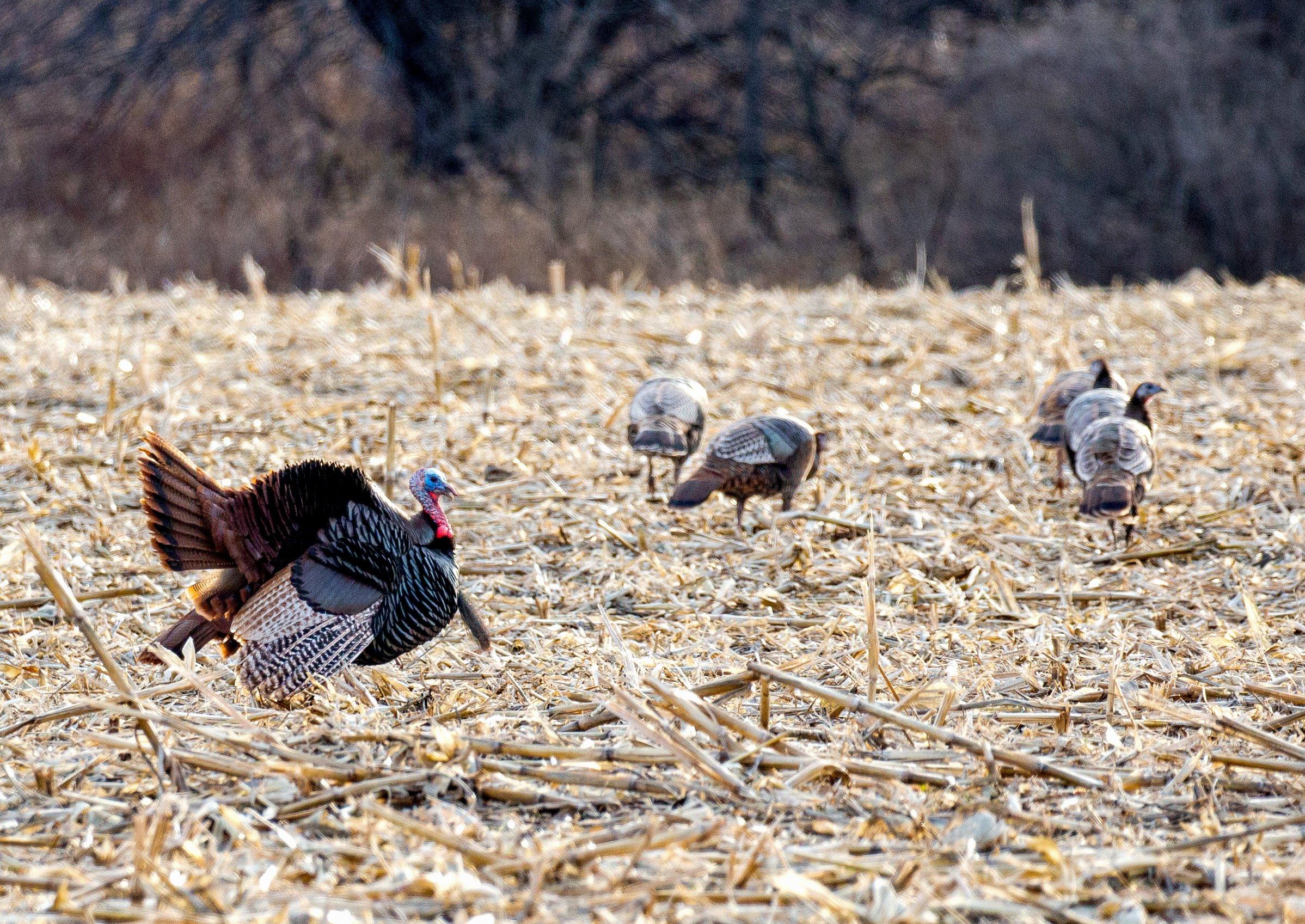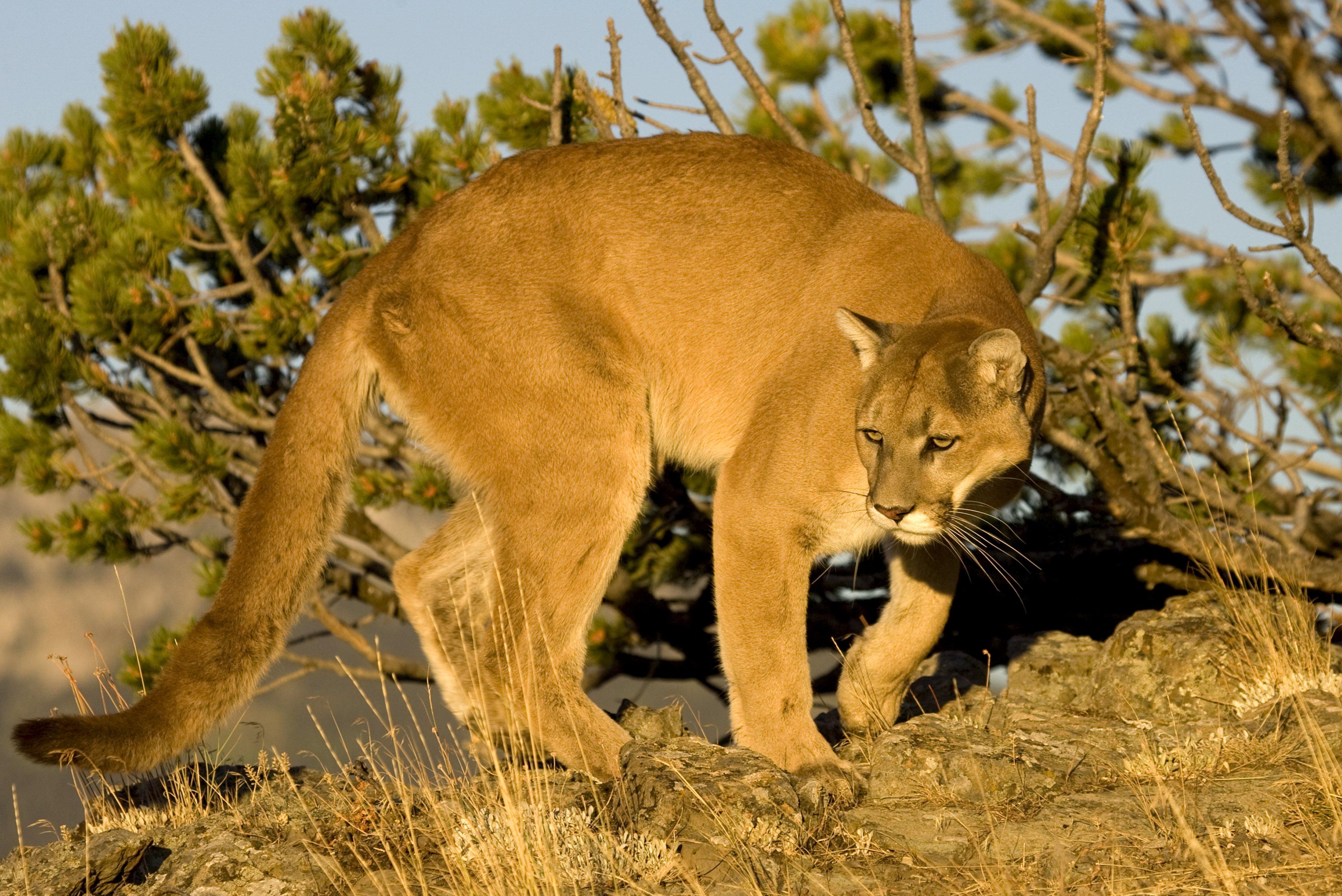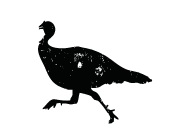How Do You Deer Hunt During the Early Season?
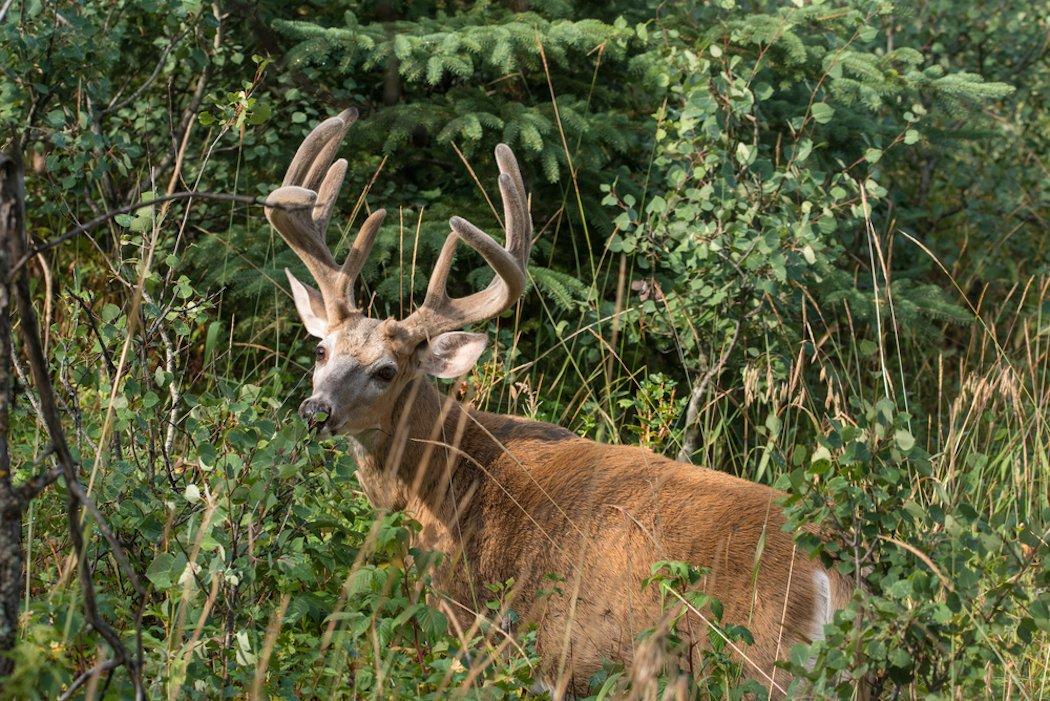
It had been two weeks since I'd watched the buck ease out into the bean field to feed for a full 30 minutes until it was simply too dark to see him any longer. I was in a stand with my bow, but 400 yards out of range. The stand was set in a distant fencerow and good for observation purposes, but little else. The buck was a nice one; not a Boone and Crockett giant or anything, just a tall-tined 8-pointer I'd be happy to shoot.
I figured he was bedding fairly close to the field in typical early-season fashion, but as is often the case that time of year, the predominant winds were from the south, and the woods were north of the beans. No matter, right? Just wait for a north wind and hunt elsewhere in the meantime. Trouble was, like thousands of other hunters across the country, I really didn't have anywhere else to hunt in the meantime.
Having multiple stand options greatly enhances your odds of success, especially when you're hunting predictable whitetails traveling to and from food sources early and late in the season. But the hard truth is many hunters don't have the luxury of multiple stand options these days. Maybe you're a part of a deer lease, and moving stands means interfering with another club member. Maybe you are like I was in the story and own or have permission to hunt a small 40- or 50-acre tract, but the tract has one or two sweet spots, and as a consequence, you only have one or two viable stand locations.
Don't Miss: 7 Tips for Early Season Deer Hunting
Combine any of that with a work schedule that only allows you to hunt weekends, maybe with the odd afternoon thrown in here and there, and you're left with some tough choices. Chance it and hunt your stand in risky conditions, or skip on the risky days and drastically scale back your hard-earned time in the woods?
Risky Mornings
It can be utterly painful to stay at the house, especially if the season is still young and you're aching to sit in a tree, or if it's late (like now) and you still have a tag burning a hole in your pocket. But at times, you'll be more successful by doing just that.
Morning hunts during the early season are one such example. Spending each summer evening shooting your bow and driving through the country to glass for whitetails is enough to leave any hunter mighty restless the night before opening day.
But chances are good that much of your scouting has been in the form of watching deer enter fields in the evenings. Your morning feedback, unless you're using trail cameras, probably isn't as substantial. Hey, it can be difficult to get up before daylight when you've had all summer to sleep in.
LaCrosse Alphaburly Pro Realtree Max-5 800G Hunting Boots
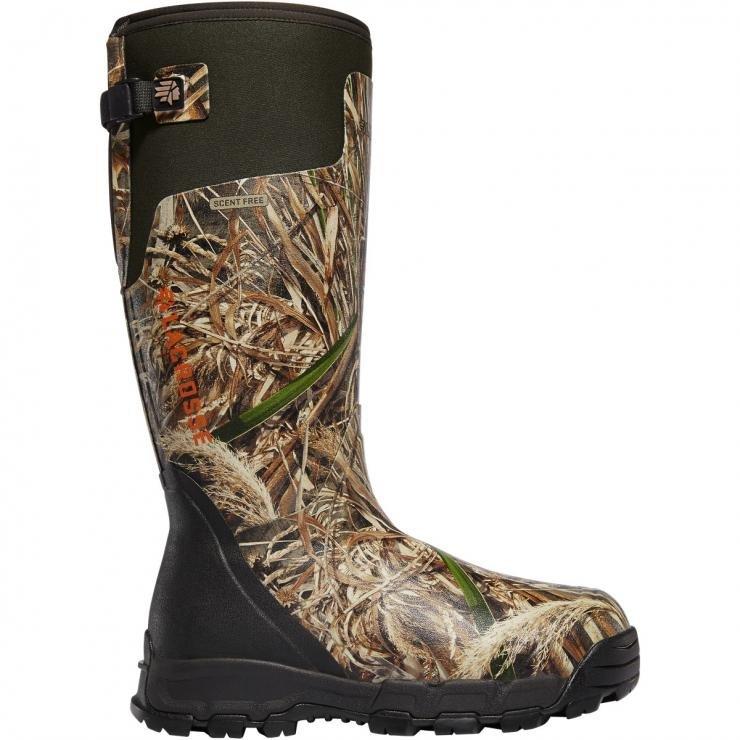
Deer are probably using those fields in the morning as well, and if you can approach your hunting spot in the predawn hours without bumping deer, you're sitting pretty to fill an opening-morning deer tag. But many times, especially if your area is small and you don't have permission to access it from adjoining landowners, crossing the field is the only way in. So, if your evening scouting leaves you with sure-fire prospects for later in the day, is it worth it to potentially mess that up during the morning hours?
Don't Miss: 10 Reasons You Won't Kill an Early Season Buck
Of course, things change by this time of year, the late season, when the weather turns icy and deer are likelier to move in the mid-morning hours. Skipping the morning hunt probably isn't the best choice, but making a cautious entry just after daylight, when you could potentially get a shot at a feeding whitetail from the ground en route to your stand, might be a better option than bumbling through the field in the dark.
Bad Winds
Deer hunters everywhere, particularly bowhunters, are faced with a bad wind direction for the stand they wish to hunt at some point every season. Meticulous scent control helps with this, but it's still unwise to sit in a stand while knowing the wind is blowing from you to the deer. This can drastically harm your near-future prospects from the same stand.
Like skipping that morning hunt, the best solution to this scenario is often to simply wait it out and watch the weather channel. It's tough. A buck may alter his pattern while you're waiting on that wind direction to change, but look at it this way — would you rather him change things on his own, in natural fashion, or would you rather have him getting a nose-full of your stench added into the equation? Big bucks may not leave an area altogether if spooked, but they'll sure enough quit showing themselves during legal shooting hours.
Making Concessions
Sometimes waiting isn't an option. Maybe the season is about to end. Maybe you're leaving town for a week or two, or maybe you know other hunters are going to be in the area in a few days, and they aren't likely to be as patient as you. Though it's riskier, this may be the time to take a more mobile approach to the situation.
Don't Miss: 10 Early Season Deer Hunting Tips from the Pros
If the wind's simply wrong to hunt your favorite stand, take note of other cover your buck is passing; maybe a drainage ditch or a fencerow — and set up with the wind in your favor on the ground. This isn't the time to carry in a big pop-up blind. They have their place, but you want something fast and inconspicuous for a one-shot strategy like this. A pair of shears to quickly construct a makeshift blind from natural cover is the better bet.
The Results
So, how'd things work out with that 8-pointer? I sat things out and met some office deadlines while I was at it. For several days in a row, the bean field went unhunted and undisturbed in the monotonous south wind.
Then a long-range weather forecast showed a dramatic wind shift from the north later in the week. That Thursday, the wind did as it was supposed to, and I knocked off from work a couple hours early. The buck was the first whitetail I saw that afternoon, and he was in easy bow range from the get-go. He passed directly under my stand, clueless that I was staring down 18 feet above him, and stopped for a quartering-away chip shot 10 yards from my tree.
The arrow buried up to the fletching, and although I couldn't see him, the buck's final seconds were plainly audible and left no questions unanswered. I found him just 50 yards away.
Don't Miss: Kill an Early Season Stud in 5 Days
Editor's Note: This was originally published on November 23, 2009.
Are you a deer hunter thirsty for knowledge? Check out our stories, videos and hard-hitting how-to's on deer hunting.







